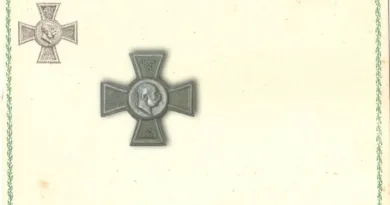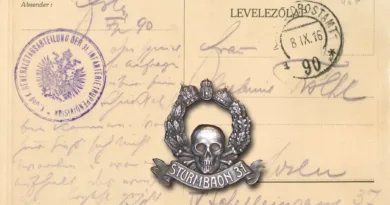FJB 10 “Kopaljäger”
The 10th Hunting Battalion was founded in 1814. In 1848 it played an important role in the military operations of Marshal Radetzky in northern Italy, with which he overthrew the revolutions there. Colonel Karl von Kopal was the unit commander in the above campaign. The colonel was wounded in the attack on Monte Berico, his arm had to be amputated, and he died of a wound fever a few days later. In memory of this attack, as early as 1849, the battalion received a silver signal horn from the command of the Italian army. On the plinth holding the horn is the name Monte Berico and “Kopal ruft!” (Kopal calls!) displayed.

The horn was given a role again in the battalion’s later war appearances. On June 4, 1859, he underwent the baptism of fire at the Battle of Magenta. It was also taken out during the Great War and used on the front lines. On one occasion, a ricochet projectile damaged it: the horn was “wounded”. After the dissolution of the battalion in 1918, the horn was kept for a while in St Pölten and then transferred to the Museum of Military History in Vienna. More details on the history of the horn can be found here.

The horn, of course, became the emblem of the 10th Hunting Battalion. Two types of cap badges were also made using the horn and its plinth as a motif. The first badge shows the horn surrounded by laurels from a side view. The second mimics the labeled plinth. The disabled fund of the battalion also issued a postcard with the motif of the badge.






[…] dem Bussche-Ippenburg, who was the battalion commander after July 1915. You can read more about the 10th Kopal-Jäger […]
This Site
[…] So here’s the source, where you can find the original post […]